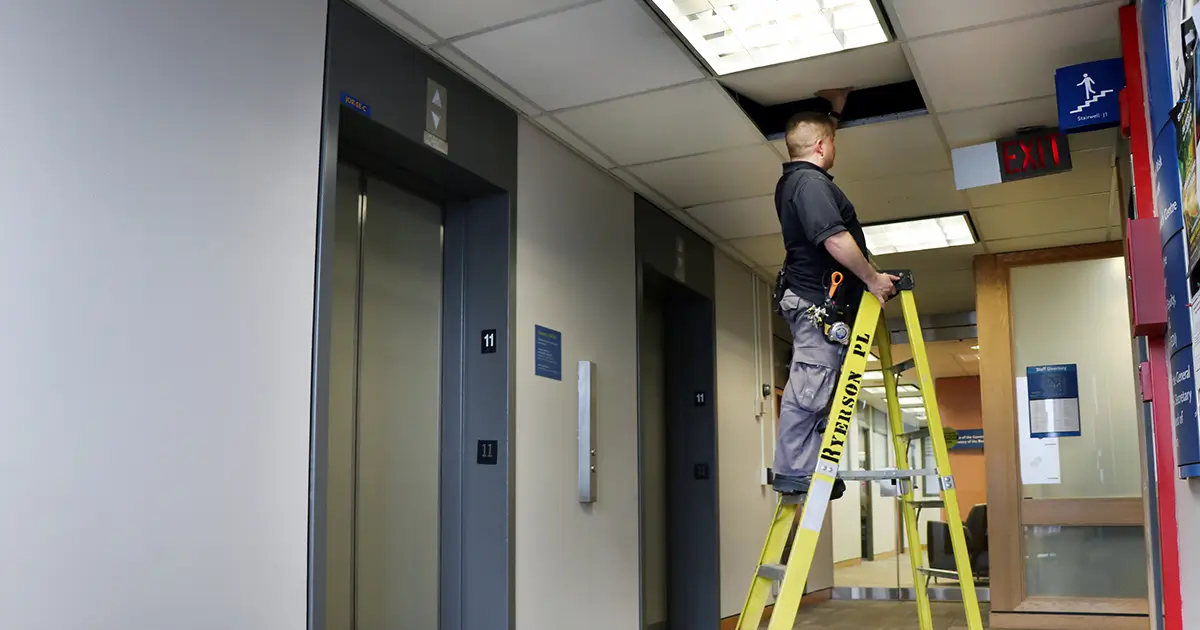Step Ladder 3 Points of Contact Rule
An important safety rule you should follow while climbing ladders to ensure that you are always on the ladder and not hanging by your grip alone is the three points of contact rule. The three points of contact rule states that, at any given time, you should have at least two hands and one foot … Read more









